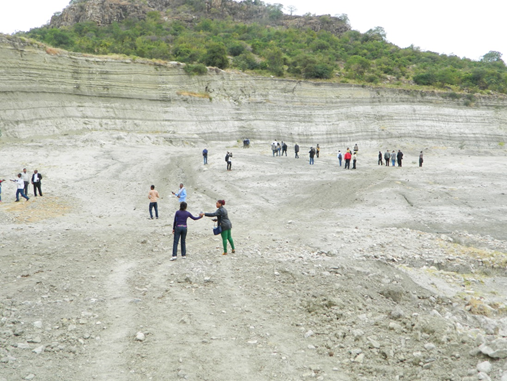Published in February 2009, The Africa Mining Vision (AMV) could hardly have appeared at a more challenging time, in the immediate aftermath of the global banking crisis and following one of the most severe market corrections the mining and minerals sector has ever experienced. At the heart of the Vision is a clear understanding of the urgent need in the African region for "transparent, equitable and optimal exploitation of mineral resources to underpin broad-based sustainable growth and socio-economic development". To be sustainable, such growth and development would need to be built not on a traditional mining model of investor return but on equitable triple bottom line principles-financial success, contribution to social and economic development, and environmental stewardship-in which shareholders and stakeholders both benefit.
Africa is top ranked in the world in regard to its holdings of high-value and critical resources such as gold, diamonds and phosphates, with a rapidly growing base of identified energy resources, such as oil, gas, coal and uranium. But despite the cogency of the argument set out for the AMV, the region has so far not achieved its goal of turning these resources into sustainable growth.
The way forward lies in addressing three critical dependencies which the AMV identifies, each requiring significant investment: first, systematic development of human resources (capacity-building); secondly, focus on value-added activities such as processing and product development, rather than the export of raw materials; thirdly, enhanced infrastructure for mining and processing, energy, transportation and communications.
The investments are necessary, but are they sufficient?
To answer that question and to consider the best way forward for the AMV in practice, some 40 experts from 20 IAEA Member States across the region met in Arusha, United Republic of Tanzania to evaluate the progress to date and to identify how to foster the Vision's objective in the coming years. The framework for the meeting was the regional project, RAF2011 "Supporting Sustainable Development of Uranium Resources". It did not take long to reach consensus that a dependency, perhaps the most critical of all, was left unaddressed-which innovative, but practical methodologies, suited to both the needs and the values of the African region should be applied to the sustainable management of mineral resources in order to turn the AMV vision into a reality?



